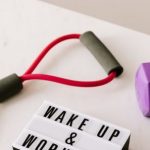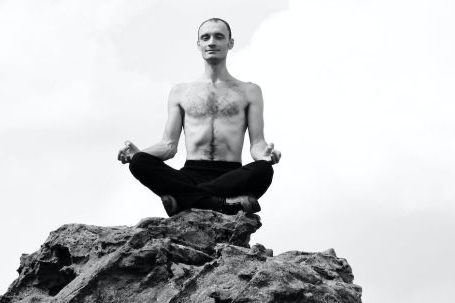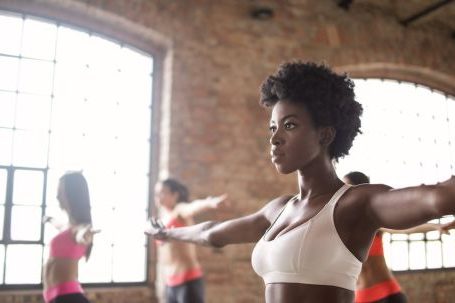In today’s fast-paced world, it’s no surprise that anxiety and stress levels are on the rise. We often find ourselves overwhelmed with work, personal responsibilities, and the constant demands of technology. However, by incorporating guided relaxation techniques into our daily routines, we can take control of our mental well-being and reduce anxiety and stress.
Understanding Anxiety and Stress
Before we dive into the various guided relaxation techniques, let’s first understand what anxiety and stress are. Anxiety is a feeling of unease, such as worry or fear, that can be mild or severe. On the other hand, stress is the body’s response to a demand or threat, which can be both physical and emotional. While some level of anxiety and stress is normal, chronic or excessive levels can have detrimental effects on our health.
The Power of Guided Relaxation
Guided relaxation is a technique that involves using auditory or visual cues to induce a state of relaxation. By focusing our attention on these cues, we can redirect our thoughts from anxious or stressful stimuli to more calming and soothing ones. This helps activate the body’s relaxation response, reducing the levels of stress hormones and promoting a sense of calmness.
Deep Breathing: A Simple Technique with Powerful Effects
One of the most accessible and effective guided relaxation techniques is deep breathing. By taking slow, deep breaths and focusing on the sensation of inhaling and exhaling, we can activate the body’s relaxation response and reduce anxiety and stress. To practice deep breathing, find a quiet place, sit or lie down comfortably, and close your eyes. Inhale deeply through your nose for a count of four, hold for a count of four, and exhale slowly through your mouth for a count of four. Repeat this cycle for several minutes, allowing your body to relax with each breath.
Progressive Muscle Relaxation: Unwinding the Tension
Another helpful guided relaxation technique is progressive muscle relaxation. This technique involves systematically tensing and then relaxing different muscle groups in the body. By doing so, we can release physical tension and promote a sense of relaxation. To practice progressive muscle relaxation, start by tensing the muscles in your toes and then slowly work your way up to your head, tensing and relaxing each muscle group as you go. Pay attention to the sensations of tension and relaxation, allowing yourself to let go of any physical stress.
Visualization: Creating a Calm Mental Oasis
Visualization is a guided relaxation technique that involves creating mental images of calming and peaceful scenes. By immersing ourselves in these visualizations, we can transport our minds to a tranquil space and reduce anxiety and stress. To practice visualization, find a quiet and comfortable space, close your eyes, and imagine yourself in your ideal peaceful setting. It could be a beach, a forest, or any place that brings you a sense of calmness. Engage all your senses in the visualization, focusing on the sights, sounds, smells, and textures of your imagined environment.
Incorporating Guided Relaxation into Daily Life
To truly benefit from guided relaxation techniques, it’s important to incorporate them into our daily lives. Carve out a few minutes each day to practice deep breathing, progressive muscle relaxation, or visualization. You can also explore guided meditation apps or videos that provide step-by-step instructions for relaxation exercises. Additionally, try to create a peaceful environment by eliminating distractions and finding a quiet space where you can focus on your relaxation practice.
In Conclusion: Taking Control of Your Mental Well-being
By incorporating guided relaxation techniques into our daily routines, we can take control of our mental well-being and reduce anxiety and stress. Whether it’s through deep breathing, progressive muscle relaxation, or visualization, these techniques offer a simple yet powerful way to promote relaxation and calmness in our lives. Remember to make time for yourself and prioritize your mental health – you deserve it.





